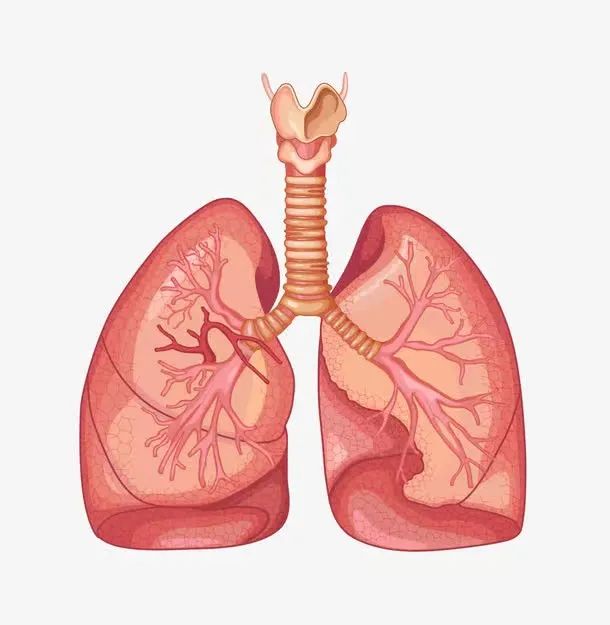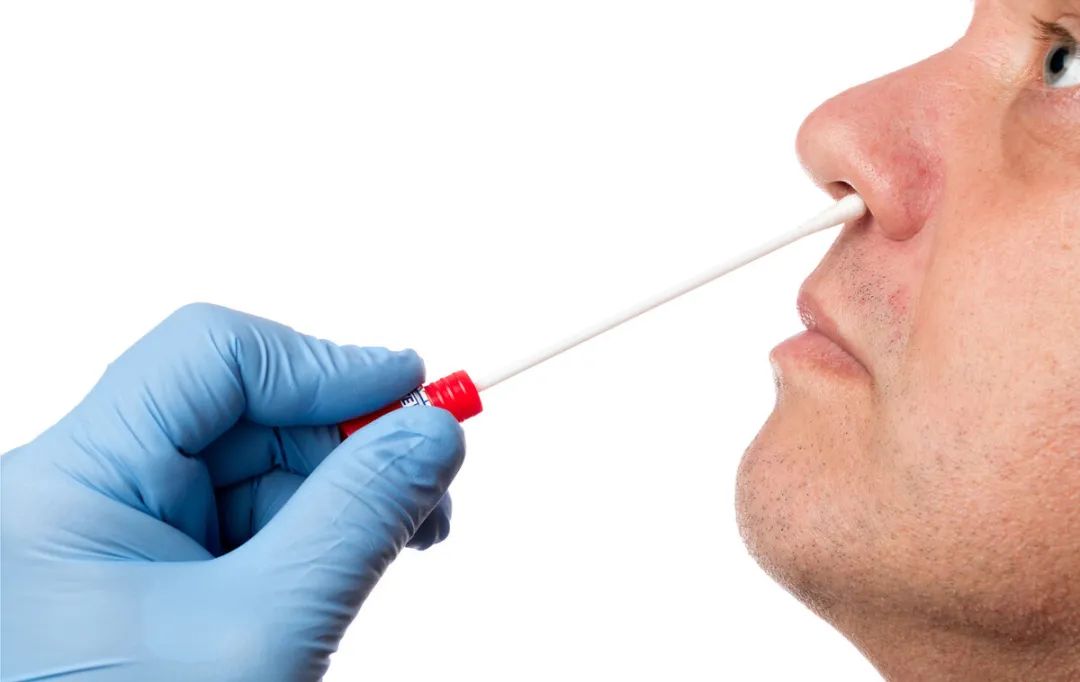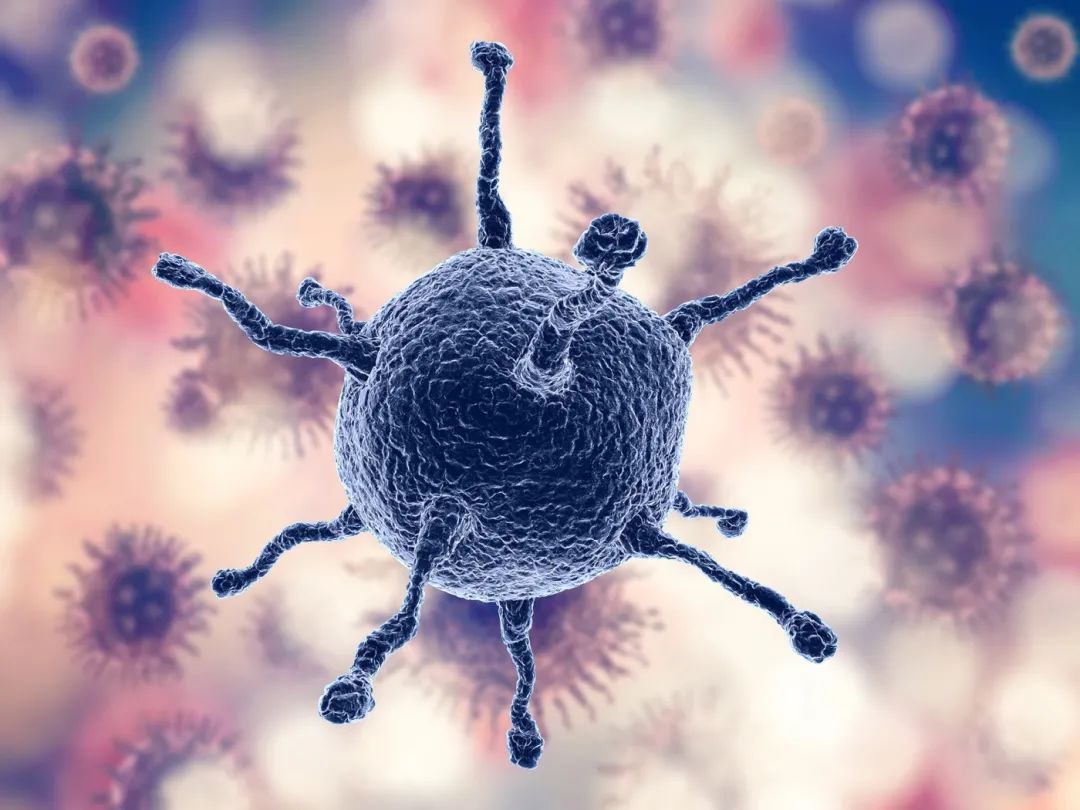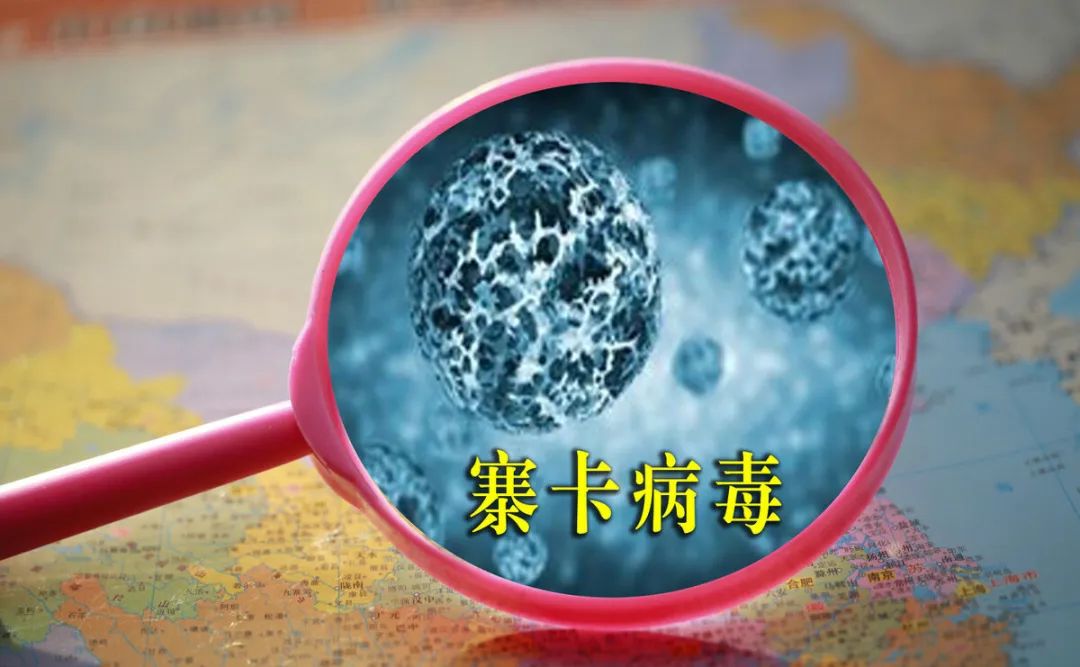Why are viruses not as easy to kill as bacteria?
Original Dr. Hu Yang, Dr. Hu Yang, Respiratory Doctor

Recently, the epidemic situation in COVID-19 has intensified, with 100,000 new cases in the United States and more than 10,000 new cases in Japan, which is hosting the Olympic Games. However, the domestic situation is not peaceful. As of August 6th, 17 provinces in China have reported existing local confirmed cases or asymptomatic infections, including 7 high-risk areas and 185 medium-risk areas. Medical staff and volunteers risked heatstroke to fight against the epidemic.
Many people will wonder why the virus is so stubborn, not only can’t be killed, but also constantly mutates and upgrades, while bacteria are easily killed.

Viruses are so stubborn that they are not easily killed, while bacteria are more easily killed, mainly because of their different structures.
Virus is a kind of micro-organism, simple in structure, parasitic in cells and multiplying by replication. How simple is the virus structure? Most viruses only have a "heart" composed of nucleic acid, and a protein shell is wrapped outside. Viruses with simple structure, without organelles, cannot metabolize themselves, and can only parasitize and reproduce in living cells. Viruses enter the human body or animals to integrate their genes into the host cells, and rely on the metabolic system of the host cells for proliferation and replication. As a result, the host cells are killed, and the virus flows out of the cells and enters new cells.
When viruses float in the air and stay on the surface of objects, they are inanimate, but not dead. Once in contact with the host cell, they will suddenly "live" again, quickly enter the cell, and use the raw materials in the cell to copy themselves crazily. Therefore, viruses can exist anywhere, including water, soil, air, objects, human bodies, animals, plants and even bacteria.

It is precisely because the virus is deeply hidden in cells, and it will integrate its own nucleic acid into human genes, and it is hardly in contact with body fluids, and drugs generally cannot touch it. Therefore, it is difficult to kill the disease or remove the virus. Even if antiviral drugs can kill some viruses, the remaining live viruses will continue to invade other normal cells. Some viruses have been stored in the human body for a long time, seemingly peaceful, and once the immunity drops, the virus will wait for the opportunity and start to get sick. For example, the hepatitis B virus that we know best, those patients with small three-yang and big three-yang, once taking antiviral drugs, are generally advised to take them for life, and it is easy for the virus to rebound after stopping taking them. For those hepatitis B virus carriers who are not usually ill, once their immunity is low, they may have viral hepatitis and abnormal liver function.
For respiratory viruses, asymptomatic infected people with the virus are actually more dangerous, because the infected people have no discomfort and don’t know when they will be infected, and then spread the virus in constant social activities, so that more people are infected.
After human body is infected by virus, it will generally have an immune response and generate corresponding antibodies, so as to destroy the virus that invades again. However, this antibody does not last long. In addition, the virus has another feature, that is, it will constantly mutate, which makes the previous antibodies or vaccines have no defense against the mutated virus.

Compared with viruses, bacteria are completely different. Bacteria are independent microorganisms. The outermost layer of bacteria has a cell wall, and the inner layer has a cell membrane. The cell membrane contains capsular polysaccharides and lipids. Both the cell wall and the cell membrane structure can be targets of antibacterial drugs. Once the cell wall or cell membrane is damaged, the bacteria will crack and die.
The history of human development is actually a history of constant struggle with viruses. About 75% of human infectious diseases are caused by viruses. Some infectious diseases are very contagious and can cause a pandemic in a short time. In today’s globalized and extremely convenient transportation, as long as there is still a corner of Covid-19 in the world, none of us anywhere can be immune to it. Against Covid-19, a long way to go!
Attending physician, doctor of medicine, tutor of master’s degree in the Department of Respiratory Medicine, pulmonary hospital, Hu Yang Tongji University. Member of pulmonary function group of Shanghai Medical Association and member of Chinese Medical Association. He is good at the prevention, diagnosis and treatment of interstitial lung disease, sarcoidosis, lung cancer and other lung diseases.
Read the original text